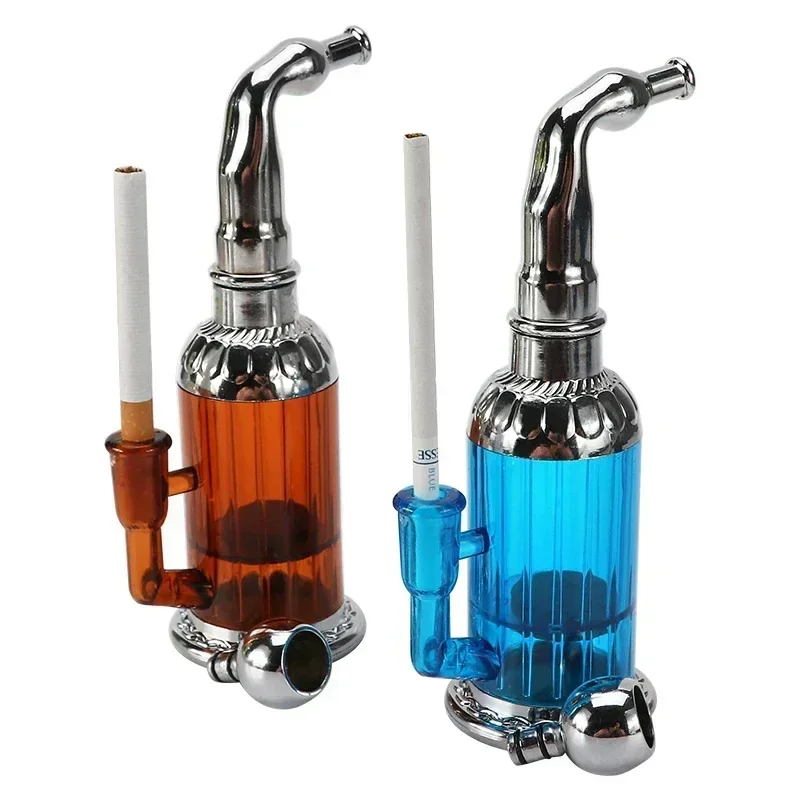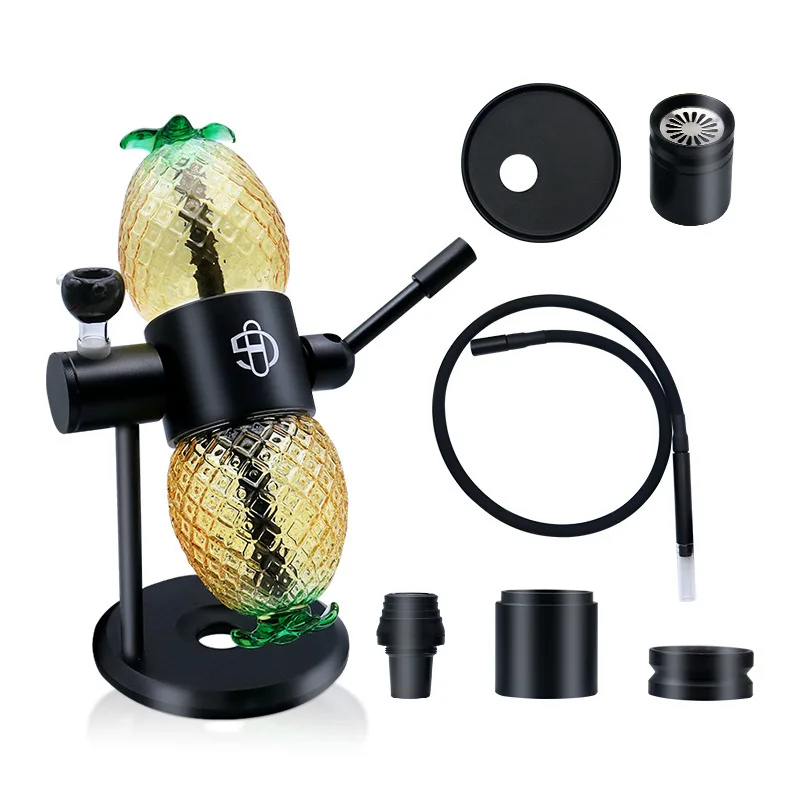CannMed has earned its place as the premier cannabis science summit—and this year, CannMed 25 in Puerto Rico took that reputation global.
For the first time, we brought our signature blend of cutting-edge research, medical innovation, and cross-disciplinary collaboration to the Caribbean—and the response was electric.
Growers, clinicians, regulators, and scientists from across the Americas came together to share groundbreaking discoveries and forge lasting connections. From cancer biology and microbial remediation to genomic diversity and plant health, the insights unveiled at CannMed 25 are poised to reshape the future of cannabis medicine, safety and cultivation.
The Culture at CannMed: A Family of Innovators

Beyond the science, CannMed 25 felt like a family reunion for the global cannabis innovation community. From morning mindfulness to late-night regulatory debates, it was more than a conference—it was a convergence of purpose. Attendees consistently called it “the best cannabis summit” they’ve attended. The vibe? Open, inquisitive, and collaborative.
Whether you’re a veteran researcher or a first-time attendee, CannMed gives everyone a seat at the table—and an invitation to help shape the future of cannabis.
Discoveries, Dialogues, and Developments You May Have Missed
1. Cannabis Nurses Take the Lead in Patient Care – Nurses are the unsung heroes of medical cannabis—and at CannMed 25, their leadership took center stage. Led by Megan Mbengue, RN (EntheaCare), a powerhouse panel explored how nurses are driving innovation at the frontlines of patient care. The discussion ranged from AI-powered dosing tools and men’s health strategies to the integration of psychedelics and real-world ECS (endocannabinoid system) management. Grounded in both scientific rigor and deep clinical experience, these nurses are bridging the gap between patients and providers, helping to translate cannabis science into better outcomes. As Mbengue noted, “Nurses are the connective tissue of medicine—and we’re ready to lead cannabis care into the mainstream.”
2. One Plant, One Policy: Fixing the Hemp-Derived Cannabinoid Loophole – The 2018 Farm Bill unintentionally created a booming, loosely regulated market for hemp-derived cannabinoids like Δ8-THC and THC-O—compounds often synthesized from CBD and sold with little oversight. This “hemp loophole” has led to untested, intoxicating products on shelves nationwide, outside of state cannabis regulations. At CannMed 25, Mike Hennesey (Wana Brands) proposed a simple solution that won widespread support: treat cannabis as one plant. Removing the artificial legal divide between hemp and marijuana would unify regulations, improve product safety, and restore trust in cannabinoid therapies. As Hennesey put it, “Chemistry—not politics—should determine how we regulate cannabis.”
3. Cannabinoid Hyperemesis Syndrome: Still a Mystery – As cannabis use becomes more widespread, cases of Cannabinoid Hyperemesis Syndrome (CHS)—marked by cyclic vomiting, nausea, and relief from hot showers—are on the rise. At CannMed 25, a multidisciplinary panel of clinicians and researchers shared what’s known: symptoms, risk factors, and harm-reduction strategies like cannabis cessation and supportive care. But CHS remains poorly understood. Panelists explored possible causes, from cannabinoid receptor desensitization to genetic predispositions, and agreed on one thing: more research is urgently needed to understand, diagnose, and treat this complex condition.
4. Cannabinoids and Prostate Cancer: New Hope – Dr. Shiksha Gallow (South Africa) shared compelling case studies from her third Ph.D., showing that integrating cannabinoids into prostate cancer treatment regimens may help reduce PSA levels, improve imaging outcomes, and enhance patient quality of life. Her research adds to the growing body of evidence that cannabis may have a role beyond palliative care—as a supportive or adjunctive therapy in oncology. This topic carries personal weight for the CannMed community. Medicinal Genomics’ chairman, and CannMed’s co-founder, passed away from prostate cancer, and advancing scientific understanding of cannabinoid therapies in this space remains a deeply personal and professional mission for many involved.
5. Cannabis Clinical Trials, Done Right – Dr. Staci Gruber (Harvard/MIND Program) has developed one of the most respected clinical cannabis research programs in the world. Her work spans conditions like chronic pain, anxiety,Alzheimer’s, and glioblastoma, and includes both medical and recreational cannabis users. What sets her research apart is its rigorous, longitudinal design, which tracks real-world patients over time to understand both therapeutic benefits and cognitive effects. Dr. Gruber’s methods offer a reproducible model for cannabis trials globally—bridging the gap between anecdotal claims and evidence-based medicine.
6. Caribbean Genomics and Cannabis Personalization – Dr. Carika Weldon (CariGenetics) presented new data showing that over 80% of Afro-Caribbean individuals are rapid metabolizers of cannabinoids—compared to much slower metabolizers of European descent. These differences have major implications for dosing, efficacy, and side effects, and underscore the need for population-specific product development. Through her Caribbean Genome Programme, Dr. Weldon aims to sequence 100,000 genomes across the region. Her work is laying the foundation for equitable, data-driven precision medicine—not only for cannabis, but for broader public health initiatives in underserved populations.
7. CBG’s Promise in Dementia and Neurodegeneration – Dr. Dustin Sulak (Healer.com) presented one of the first clinical reviews evaluating the therapeutic potential of CBG-dominant hemp formulations in treating neurodegenerative conditions. His findings suggest that CBG (Cannabigerol)—a non-intoxicating, minor cannabinoid—may offer cognitive and neurological benefits, especially for patients who haven’t responded to CBD-dominant therapies. Because hemp-derived CBG can be legally accessed in many jurisdictions with fewer regulatory barriers, it holds significant promise as a low-risk, accessible intervention for conditions like dementia, Parkinson’s, and other age-related neurodegenerative diseases. Dr. Sulak’s work opens the door to broader clinical exploration of minor cannabinoids as targeted, condition-specific treatments.
8. Inside the Plant: Endophytes and Cannabis Health – Dr. Zamir Punja (Simon Fraser University) unveiled groundbreaking research showing that cannabis plants are colonized by a diverse and often invisible community of internal microbes—endophytes—including fungi, bacteria, and yeasts. These microbes live inside plant tissues and influence everything from growth and cannabinoid expression to disease susceptibility and final product quality. Using scanningelectron microscopy and next-generation sequencing, his team analyzed tissues from multiple genotypes and found that roots harbored the highest microbial diversity, with persistent pathogens like Fusarium detected even in tightly controlled environments. Critically, his findings reveal that substrates like coco coir and rockwool are common sources of microbial contamination, with endophytes often originating in the growth media and persisting into the flowering phase. This research underscores the urgent need for cultivators to test and validate their substrates, and highlights the importance of early microbial intervention, clean propagation practices, and the potential of beneficial microbes to reduce reliance on chemical controls and improve plant health from the inside out.
9. Are Your Vapes Safe? Not Always – Dr. Shawna Vreeke (True Terpenes) presented a sobering analysis of toxic compounds found in commercial vape products, many of which are not subject to mandatory testing. Using ASTM toxicological risk assessment protocols, her team identified ingredients—often used as carriers or flavoring agents—that exceed safe inhalation thresholds or produce harmful byproducts when heated. Her findings emphasize the lack of standardized formulation guidelines across states and the growing risk to consumer safety. Dr. Vreeke urged the industry to get ahead of regulatory scrutiny by adopting science-based toxicology reviews and setting clear safety limits for vape ingredients—before regulators are forced to do it for them.
10. A Cannabis Pangenome for the 21st Century – Dr. Todd Michael (Salk Institute) unveiled the world’s first large-scale cannabis pangenome, built from 193 long-read genomes representing 156 diverse cultivars. This landmark study revealed the full extent of genetic and structural diversity across cannabis types—highlighting key variations in chemotypes, photoperiod sensitivity, cannabinoid pathways, and disease resistance. By moving beyond
single-reference genomes, this work provides an unprecedented resource for trait-driven breeding, enabling the development of cultivars tailored for rare cannabinoids, specific environments, or pathogen resilience. It’s a major step toward bringing cannabis genomics up to par with modern crops—and unlocking the plant’s full agricultural and therapeutic potential.This talk was also a cornerstone of the CannMed Genomics Workshop, which brought together leading researchers from institutions like the University of Wisconsin, Texas
A&M, CNRS France, and private sector genomics firms to explore advances ingenetic stability, microbiome analysis, and genomic-driven cultivation strategies. Together, these sessions showcased how far cannabis genomics has come—and how much further it can go.
11. Cannabis Testing: The Good, the Bad, and the Lab-Shopper – Our Lab Compliance Workshop took on one of the cannabis industry’s biggest vulnerabilities: inconsistent testing standards and lab shopping. Led by experts including Heather Krug (CO Dept. of Public Health), Sherman Hom, Ph.D., and Jini Glaros (CannaCAS), the workshop examined how regulatory loopholes, weak enforcement, and competitive pressures are undermining data integrity across markets. Discussions also addressed pest remediation, sustainable practices, and solutions for restoring trust in cannabis testing. It was the most comprehensive and solutions-focused analysis of lab compliance ever presented at a cannabis conference—and a call to action for labs, regulators, and operators alike.
12. Better Delivery, Better Outcomes – Emulsifiers and Cannabinoid Absorption – Dr. Harold Han (Founder, Vertosa) presented new research on how emulsification technology improves cannabinoid bioavailability and onset time. By breaking down cannabinoids into nano-sized droplets, emulsifiers help them integrate more efficiently into beverages and other ingestibles—reducing variability in dosing and enhancing the speed and consistency of therapeutic effects. His work reinforces that formulation science is key to delivering safe, predictable cannabis experiences—especially for newer consumers, medical patients, and product developers looking to optimize performance across different delivery formats.
13. Measuring Cannabis Effects with EEG and AI – Israel Gasperin (Zentrela) presented the cannabis industry’s first scalable solution for objectively measuring product effects using wearable EEG technology and machine learning. Through over 10,000 EEG scans across 1,000+ participants, his team developed the Psychoactive Effect Level (PEL) metric—a data-driven alternative to THC percentage that evaluates a product’s actual psychoactive impact. The method allows researchers and producers to assess formulations with terpenes, minor cannabinoids, and delivery systems in real-world conditions. By applying standardized EEG protocols and AI analysis (via Zentrela’s Cognalyzer®), thisinnovation opens the door to more consistent, evidence-based cannabis effect research—with implications for product labeling, consumer safety, and even roadside impairment detection.
14. Generative AI and Next-Gen GWAS – Controlling Cannabis Traits at the Molecular Level – Gabriel Krouk (CNRS, France) presented a visionary poster on how Next-Generation Genome-Wide Association Studies (NGG) and generative AI are revolutionizing our ability to predict and control plant traits. By modeling billions of epistatic (gene-gene) interactions, NGG enables far more precise phenotype predictions than classical GWAS—offering insights not only for cannabis breeding, but also for understanding how cannabis compounds affect human biology. – Krouk also showcased his team’s work designing AI-generated peptides that modulate plant growth by interacting with specific target proteins. These programmable molecules could one day replace synthetic agrochemicals, providing growers with powerful, customizable tools to shape plant architecture, flowering, and cannabinoid production.
15. Unmasking the Hemp Market: Genetic, Microbiome, and Chemotype Analysis of THCA Flower – A joint study by Medicinal Genomics and Cambium Analytica sequenced the genomes and profiled the microbiomes of 34 “Hemp THCA” flower samples currently being sold across state lines—often without age gating or regulatory oversight. The findings were startling. Despite being marketed under different names and from different vendors, many of the samples were genetically identical clones, while samples ordered twice from the same vendor were never genetically consistent. Most notably, 30 of the 34 samples labeled as “hemp” actually possessed active THCA synthase genes, classifying them as Type I (high-THC) cannabis, not hemp. Four samples were found to be sprayed with iso-Δ8-THC—a synthetic intoxicant—yet lacked any
THCA-producing genetics.
On the safety front, seven samples were contaminated with nine different pesticides, and three failed for four different heavy metals. Alarmingly, 56% failed Aspergillus testing, and the hemp samples showed elevated levels of microbial genes associated with virulence, toxins, and antibiotic resistance. This study reveals that the so-called “hemp” flower market is, in many cases, an unregulated channel for psychoactive, mislabeled cannabis, bypassing the testing requirements imposed on licensed cannabis operators. The findings, recently published in a preprint by the Society for Cannabis Clinicians, alsosuggest that overly aggressive microbial regulations in legal markets may be fueling diversion into these loosely regulated hemp channels.
16. Clean Starts: Meristem Culture to Eliminate Hidden Pathogens – Dr. Maria Rojas (Conception Nurseries) presented compelling data on the power of meristem tissue culture to eliminate hidden microbial contaminants in cannabis plants. Her team’s work showed that endophytes—microbes that live inside plant tissues—are present in roughly 22–30% of nursery stock when grown conventionally. However, by using meristem-derived clones and rigorous culturing methods, that rate dropped to just 2–3%. This technique not only improves plant vigor and pathogen resistance, but also ensures genetic fidelity and cleaner starting material—crucial for large-scale commercial cultivation, cleanroom environments, and pharmaceutical-grade cannabis production. As microbial regulations tighten and product consistency becomes more critical, meristem propagation offers a scalable, science-backed solution to reducing crop failure and contamination risk.




























